 EN
EN
 PT
PT
Diversifying teaching and learning
Product: Book
Trim size in cm: 20x27cm
Pages: 352
ISBN: 9788859042594
Publication date: 01/09/2025
REQUEST A SAMPLE OR MORE INFORMATION
A clear, comprehensive and up-to-date resource, essential for teachers at all educational levels who aim to create equitable and engaging learning environments. This volume introduces an innovative perspective based on educational pluralisation, placing emphasis on the diversity of cognitive styles, educational needs, and learning paths. Moving beyond an abstract concept of equality that often flattens individual differences, the authors promote a flexible, dynamic and truly inclusive approach.
The second part of the book focuses on practical planning: each phase of the inclusive planning cycle is explained clearly and supported with practical tools, real-life examples, working documents and models inspired by established frameworks such as Universal Design for Learning and differentiated instruction. Tables, diagrams and infographics help visualise effective strategies already tested in the classroom.
Preface
Introduction
SECTION I – THEORETICAL FOUNDATIONS FOR INCLUSIVE EDUCATIONAL PLANNING
• CHAPTER 1 – Plurality and Individuality in Inclusive Education
• CHAPTER 2 – Perspectives on Learning
SECTION II – OPERATIONAL FRAMEWORK FOR EFFECTIVE PLANNING
• CHAPTER 3 – Teaching and Learning Profiles in a Plural Context
• CHAPTER 4 – Creating a Positive Learning Climate
• CHAPTER 5 – Diversifying Learning Objectives
SECTION III – PRACTICAL GUIDELINES FOR PLANNING
• CHAPTER 6 – Diversifying Teaching and Learning Processes
• CHAPTER 7 – Diversifying Teaching and Learning Content
• CHAPTER 8 – Selecting and Integrating Key Elements of Inclusive Educational Design
Afterword
Bibliography

EACH GUIDE OFFERS A PROGRAMME IN 4 STAGES
 KNOWING, OBSERVING, EVALUATING
Clear and exhaustive definition of the disorder, diagnostic criteria, integration of children in class, the evaluation process
KNOWING, OBSERVING, EVALUATING
Clear and exhaustive definition of the disorder, diagnostic criteria, integration of children in class, the evaluation process
 PLANNING AND PUTTING INTO ACTION
Strategies and practical interventions to be enacted at school to deal effectively with teaching and educational special needs
PLANNING AND PUTTING INTO ACTION
Strategies and practical interventions to be enacted at school to deal effectively with teaching and educational special needs
 REFLECTING ON AND UNDERSTANDING
Consequences in the spheres of emotions, relationships, self-esteem and self-perception
REFLECTING ON AND UNDERSTANDING
Consequences in the spheres of emotions, relationships, self-esteem and self-perception
 JOINING FORCES AND SHARING
Strategies to act synergically and involve school and family to improve the childs wellbeing
JOINING FORCES AND SHARING
Strategies to act synergically and involve school and family to improve the childs wellbeing
IN EACH CHAPTER YOU CAN FIND...

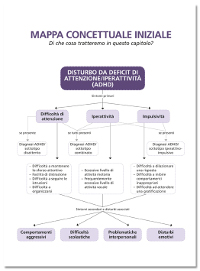 a conceptual map that illustrates the main contents and how they are related
a conceptual map that illustrates the main contents and how they are related
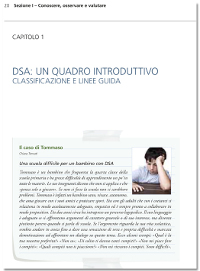 presentation of case examples, through short descriptions, portraying children in their daily typical situations
presentation of case examples, through short descriptions, portraying children in their daily typical situations
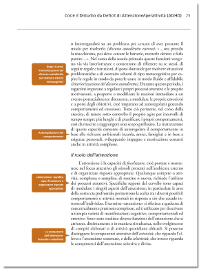 questions and key points alongside each paragraph to tell the reader what it is talked about
questions and key points alongside each paragraph to tell the reader what it is talked about
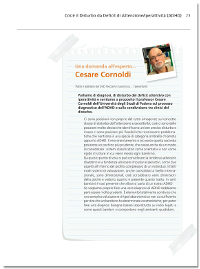 interviews with experts on the most debated and current aspects of the disturbs
interviews with experts on the most debated and current aspects of the disturbs
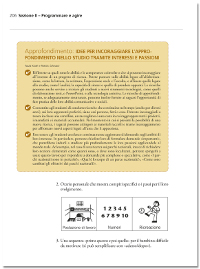 in-depths explanations of meaningful concepts and terms
in-depths explanations of meaningful concepts and terms
 final summary box of the main contents dealt with in the chapter
final summary box of the main contents dealt with in the chapter